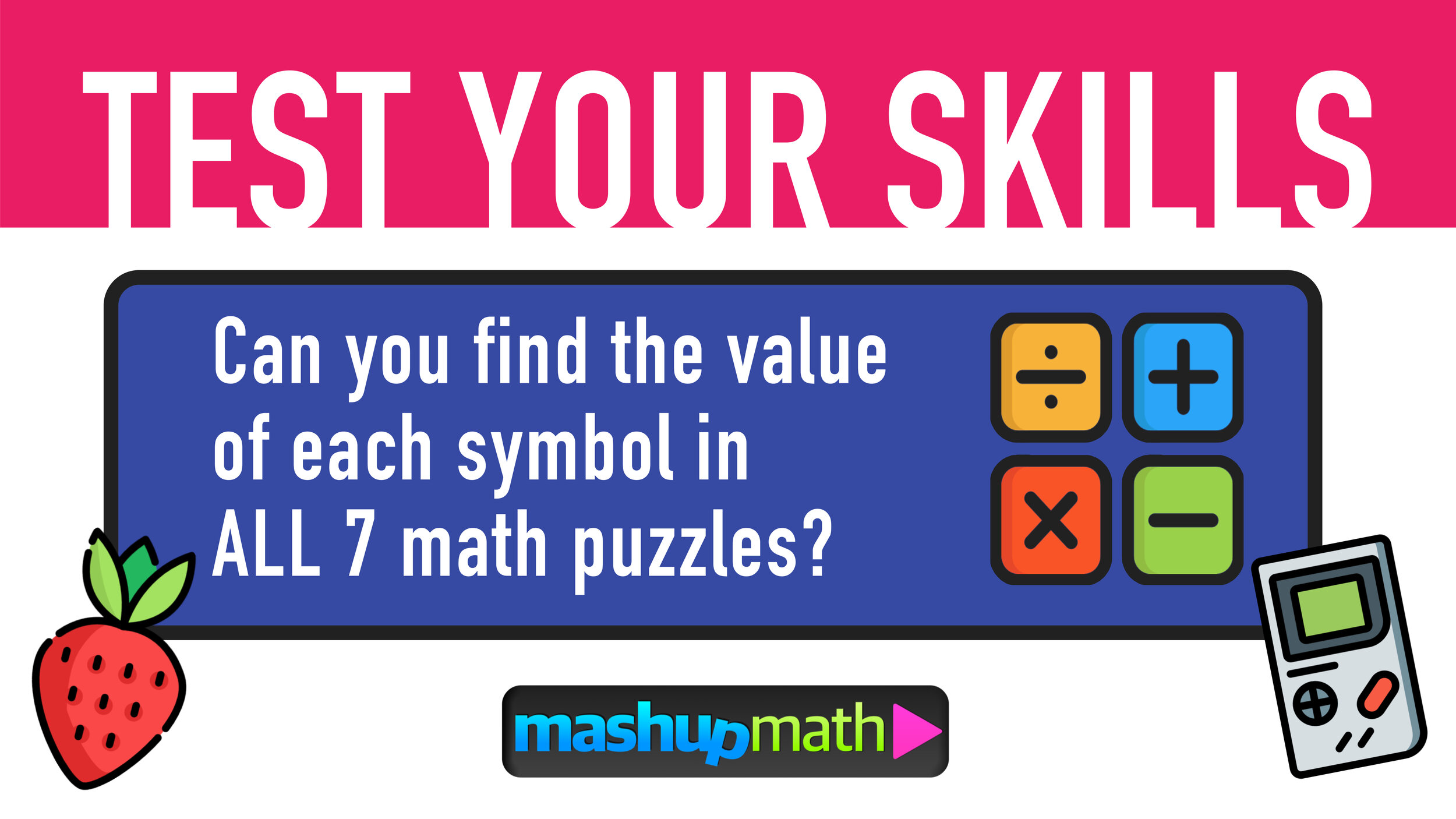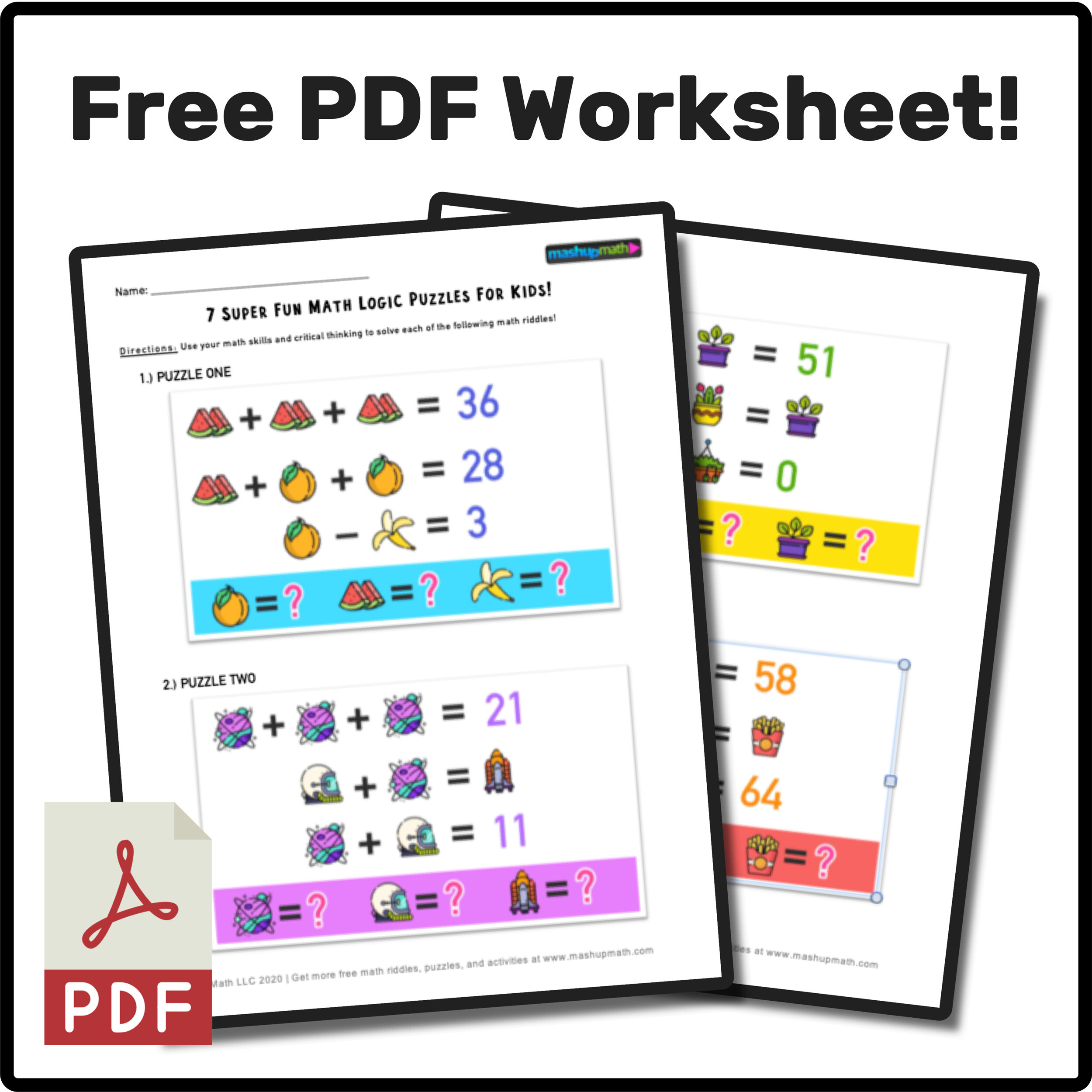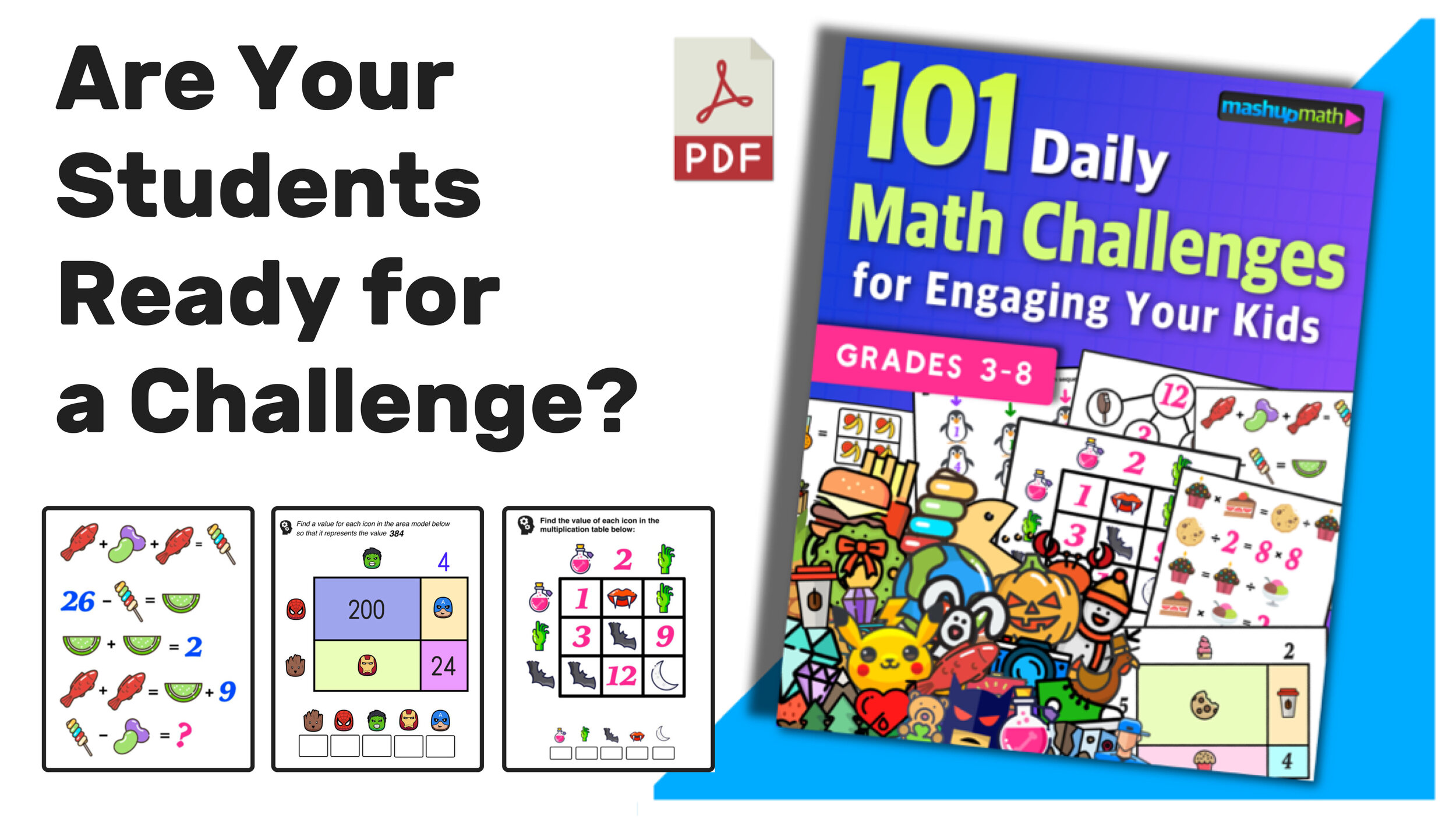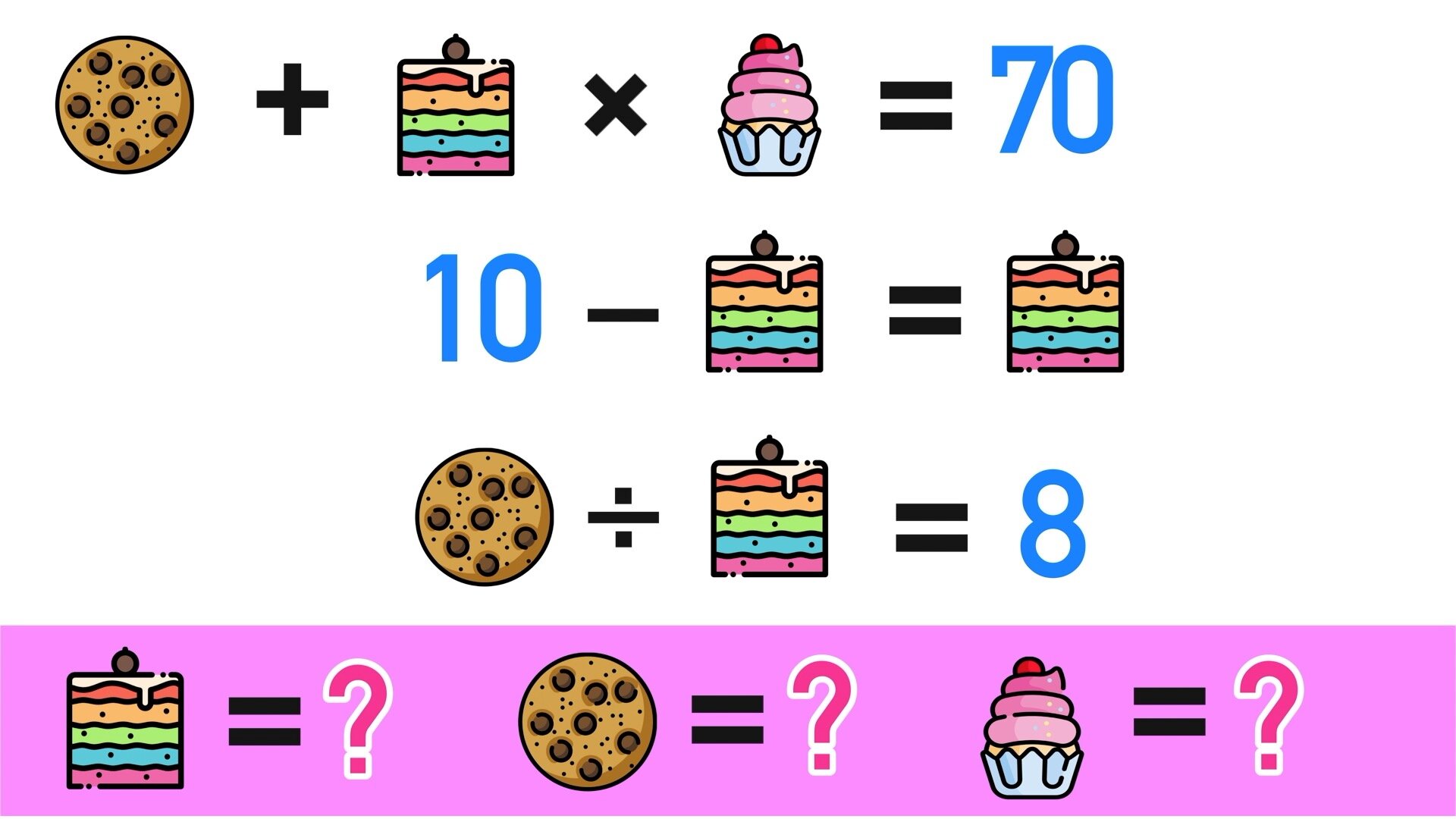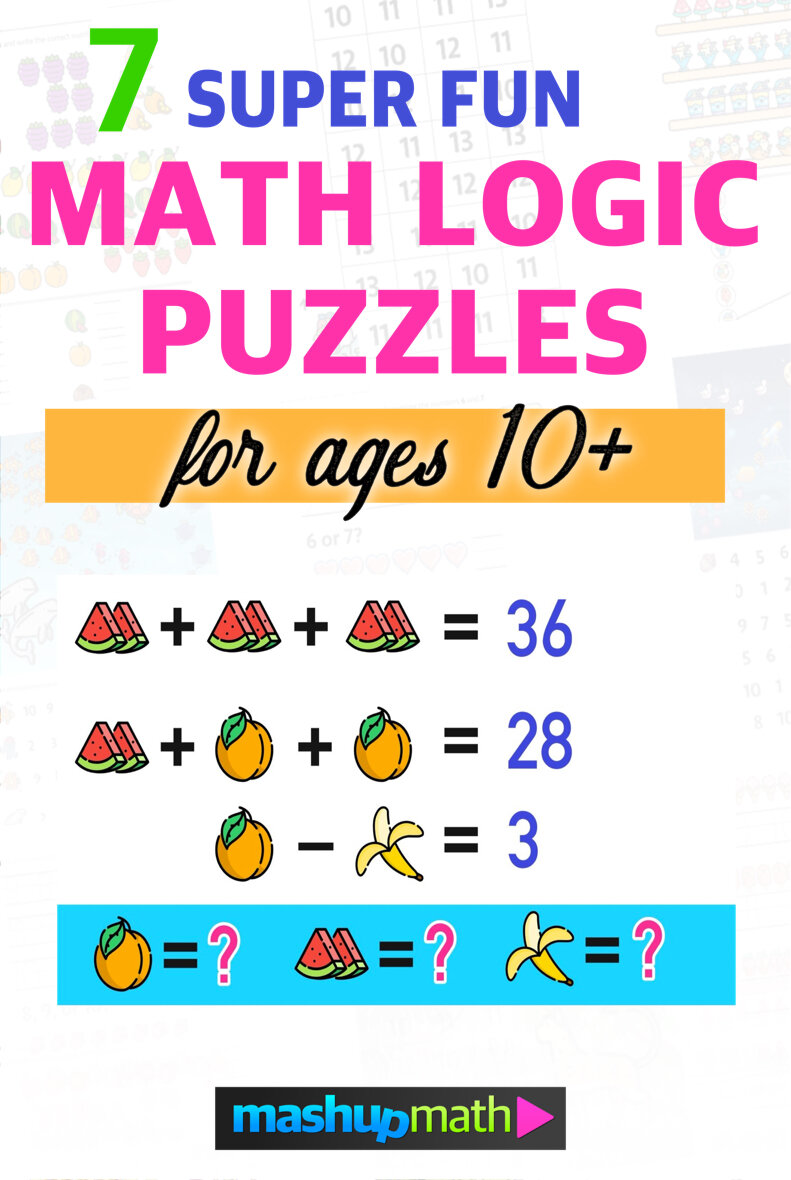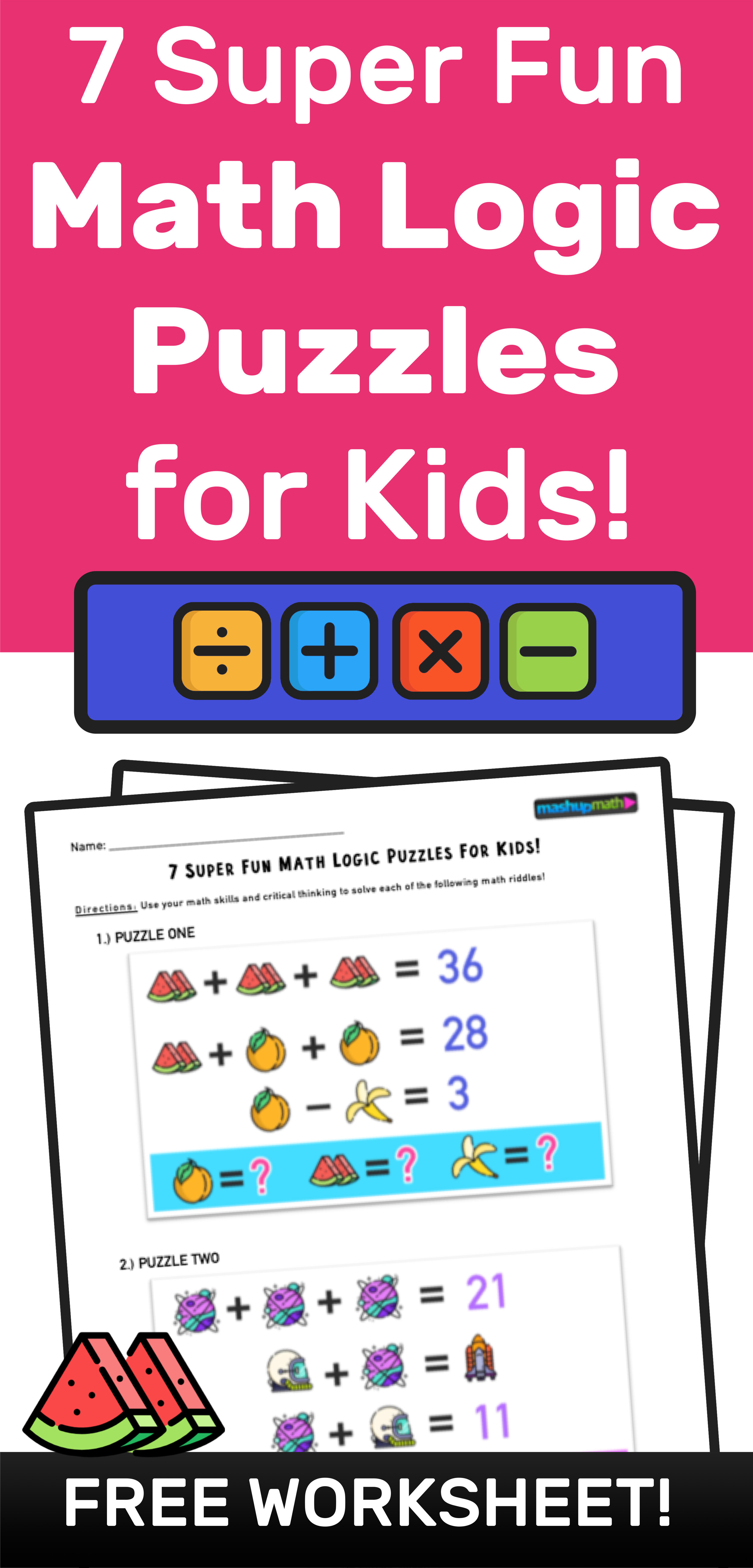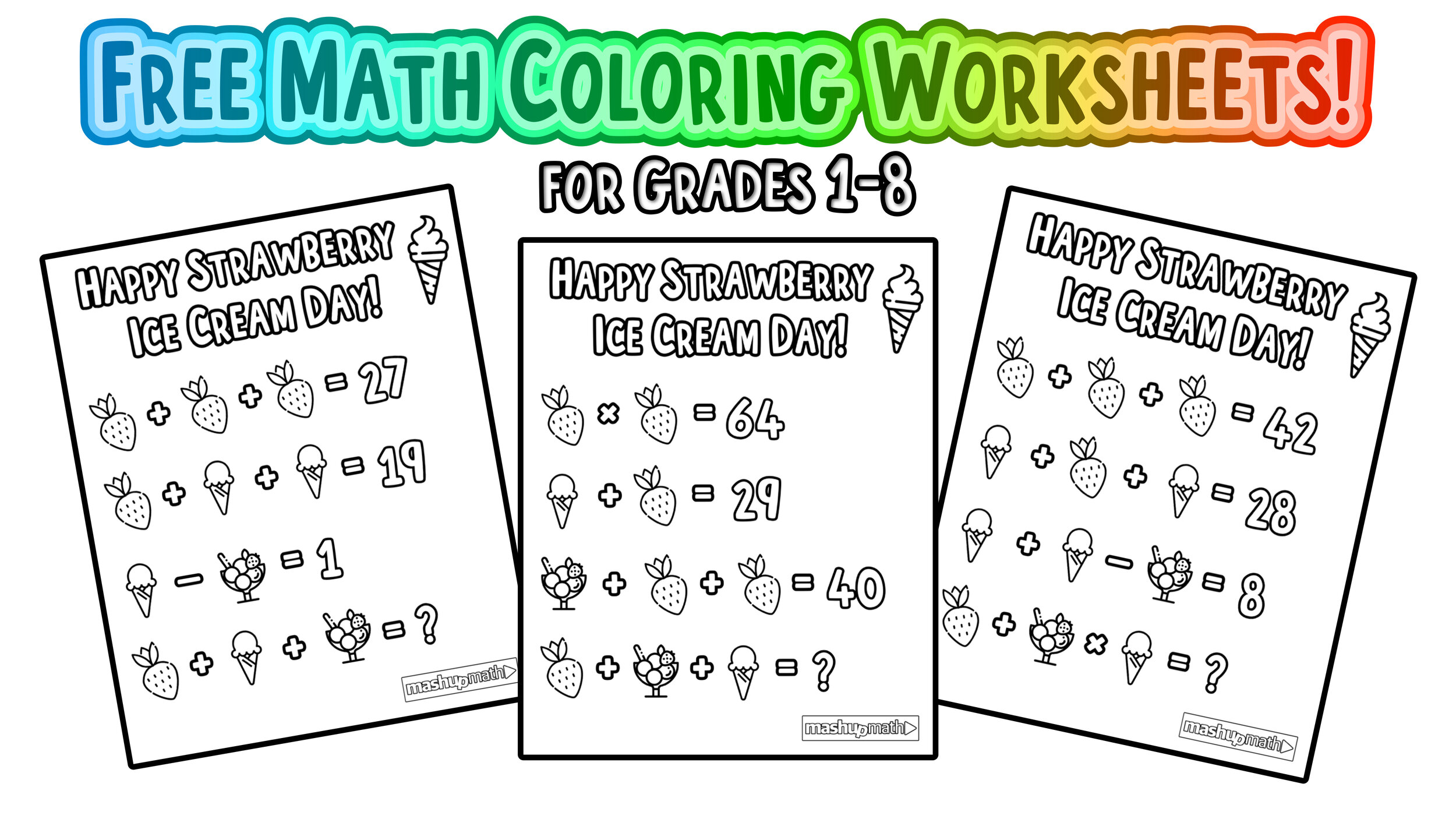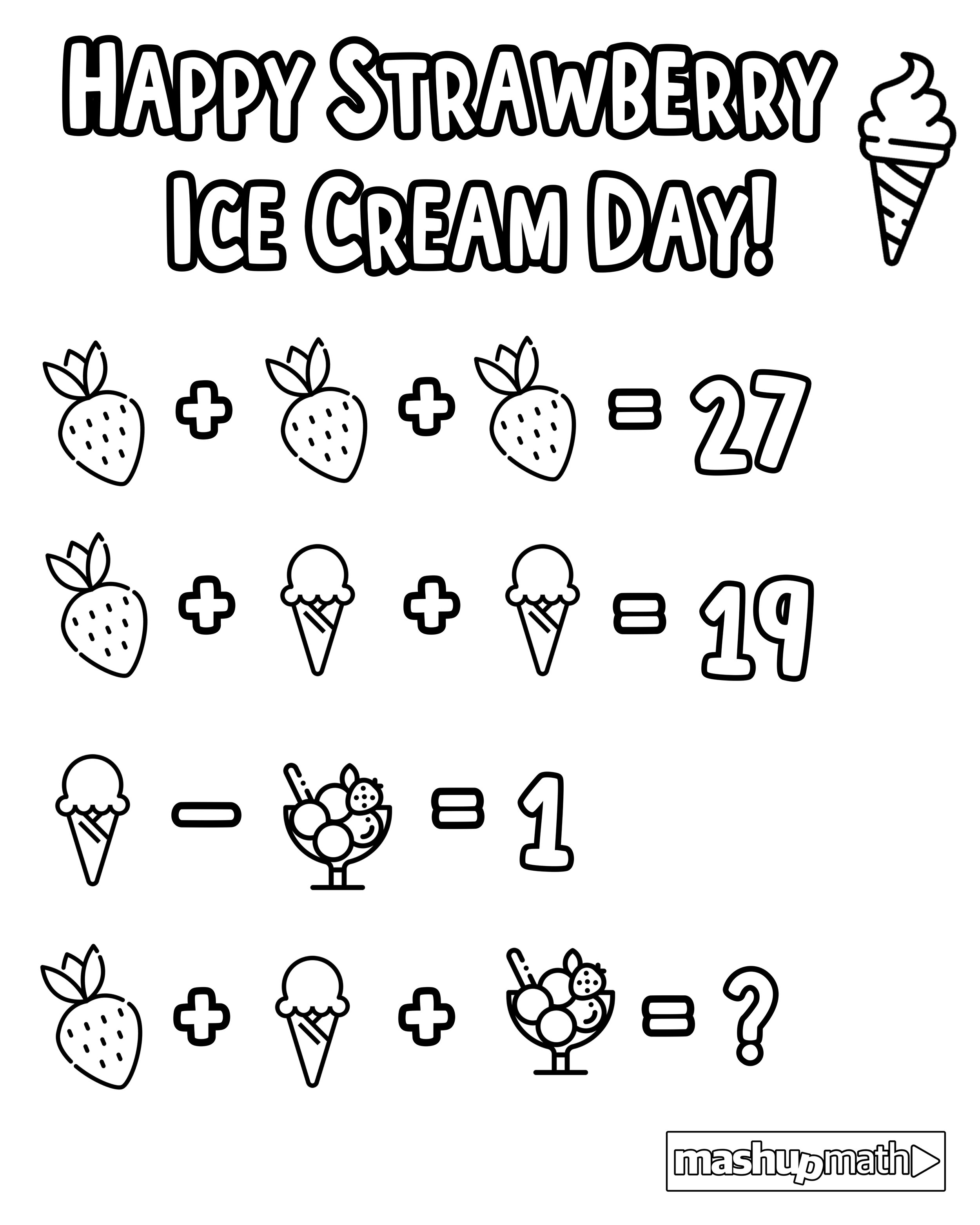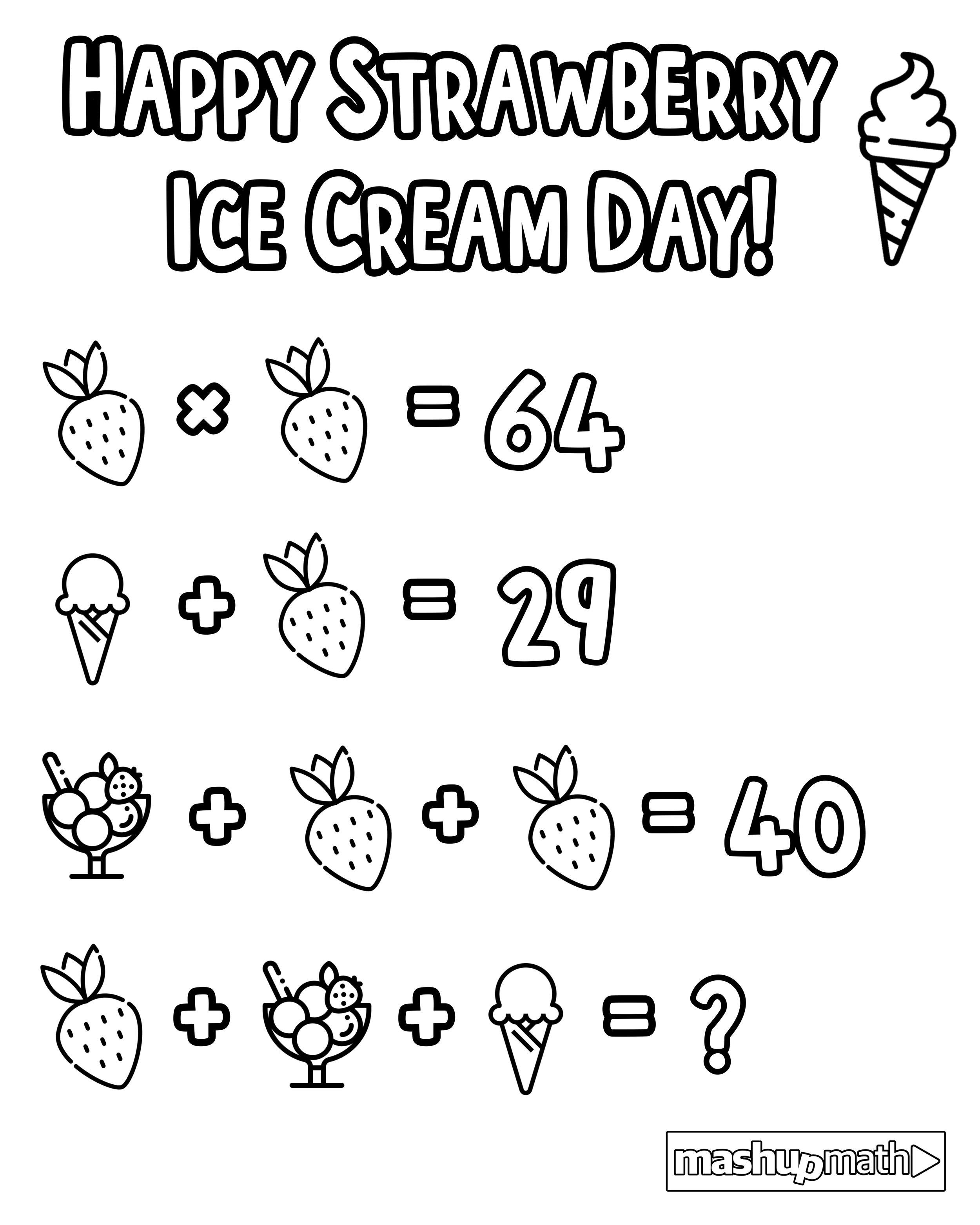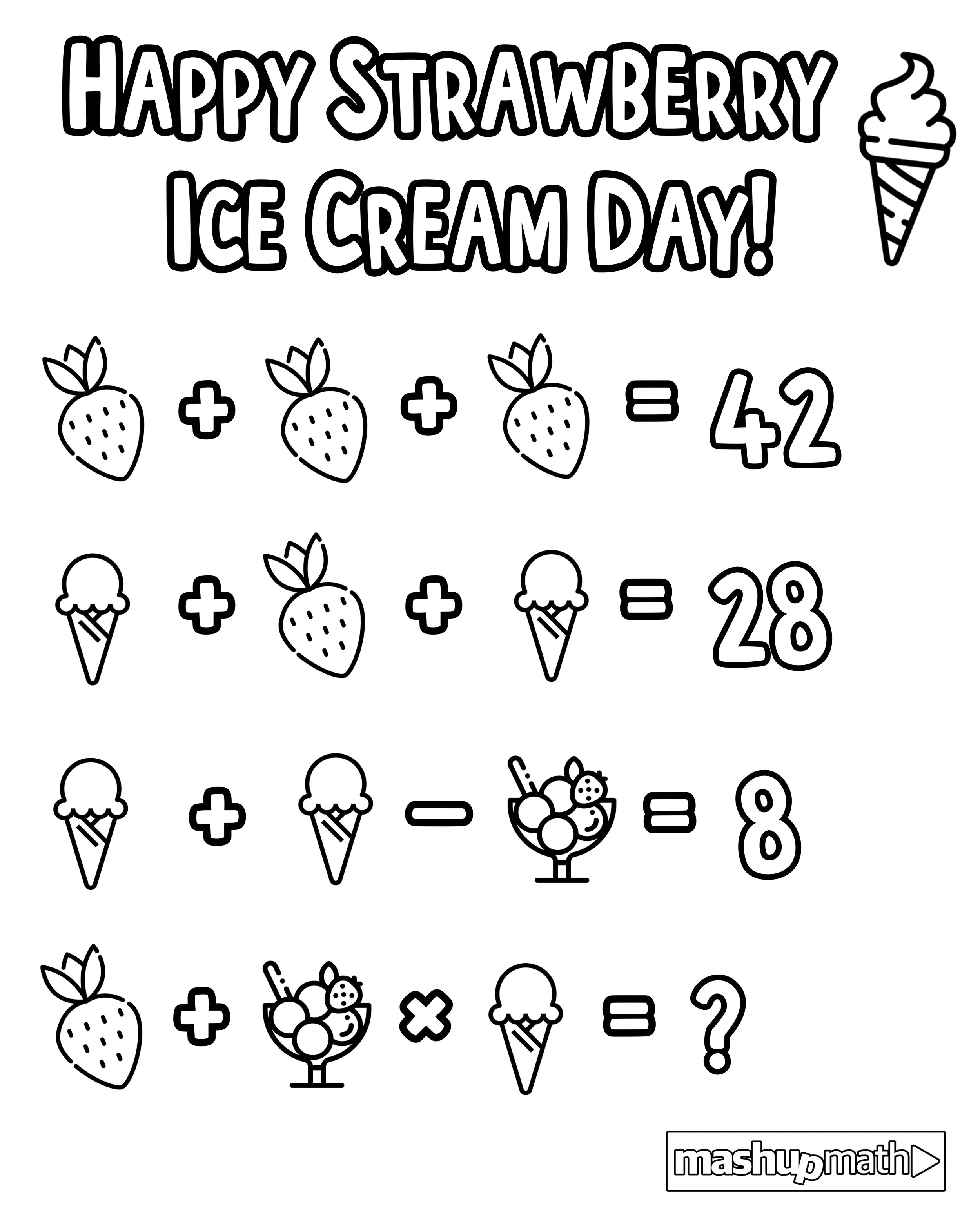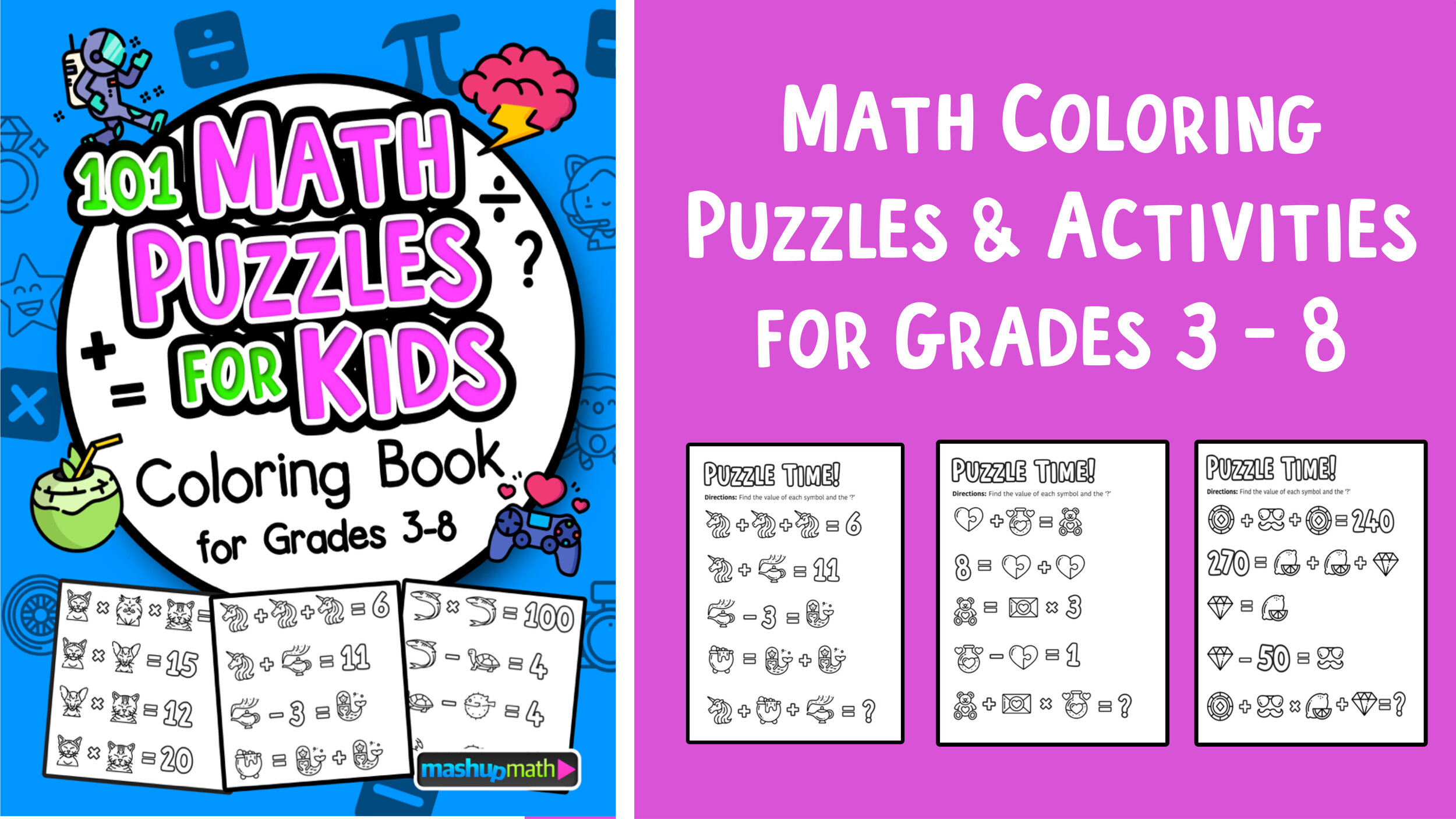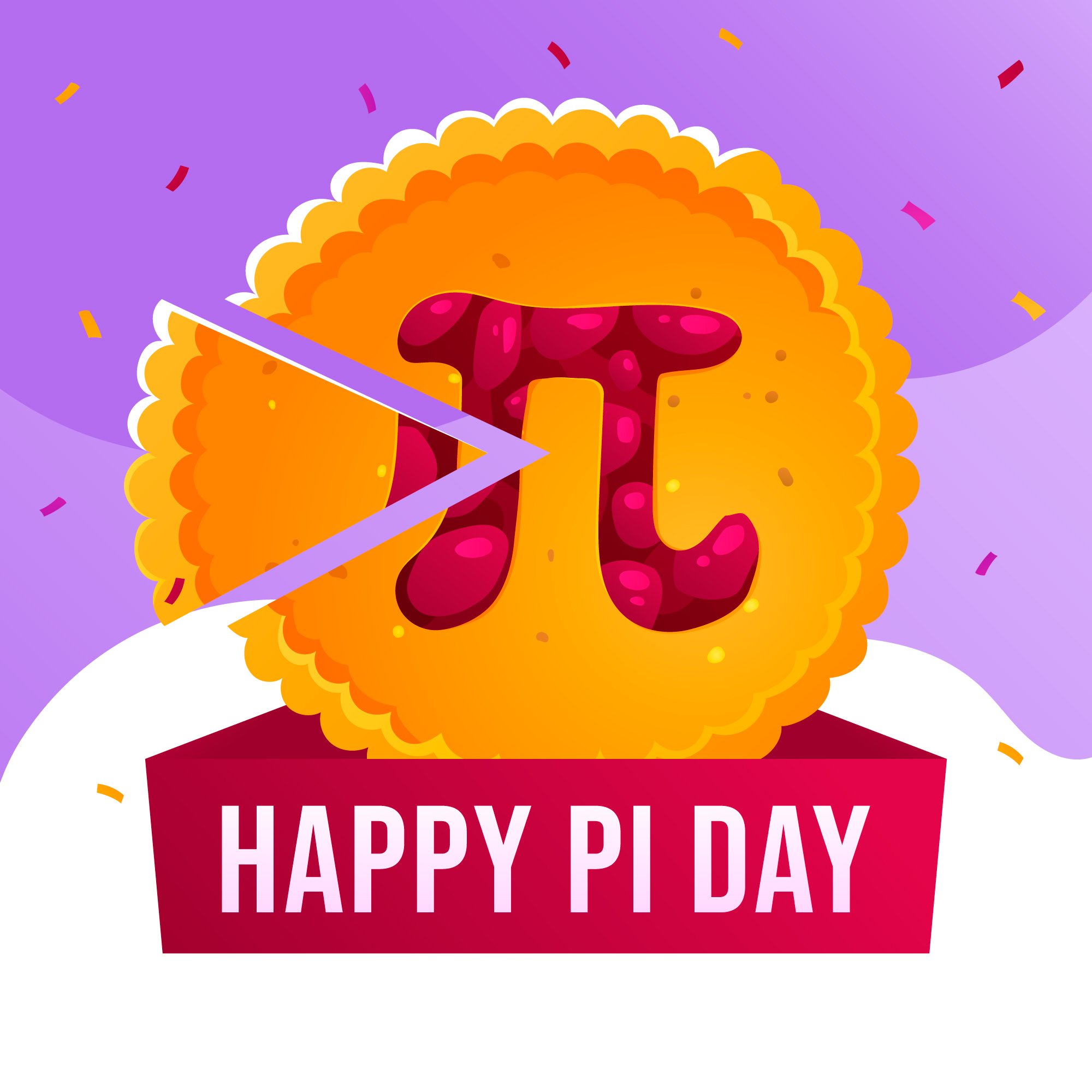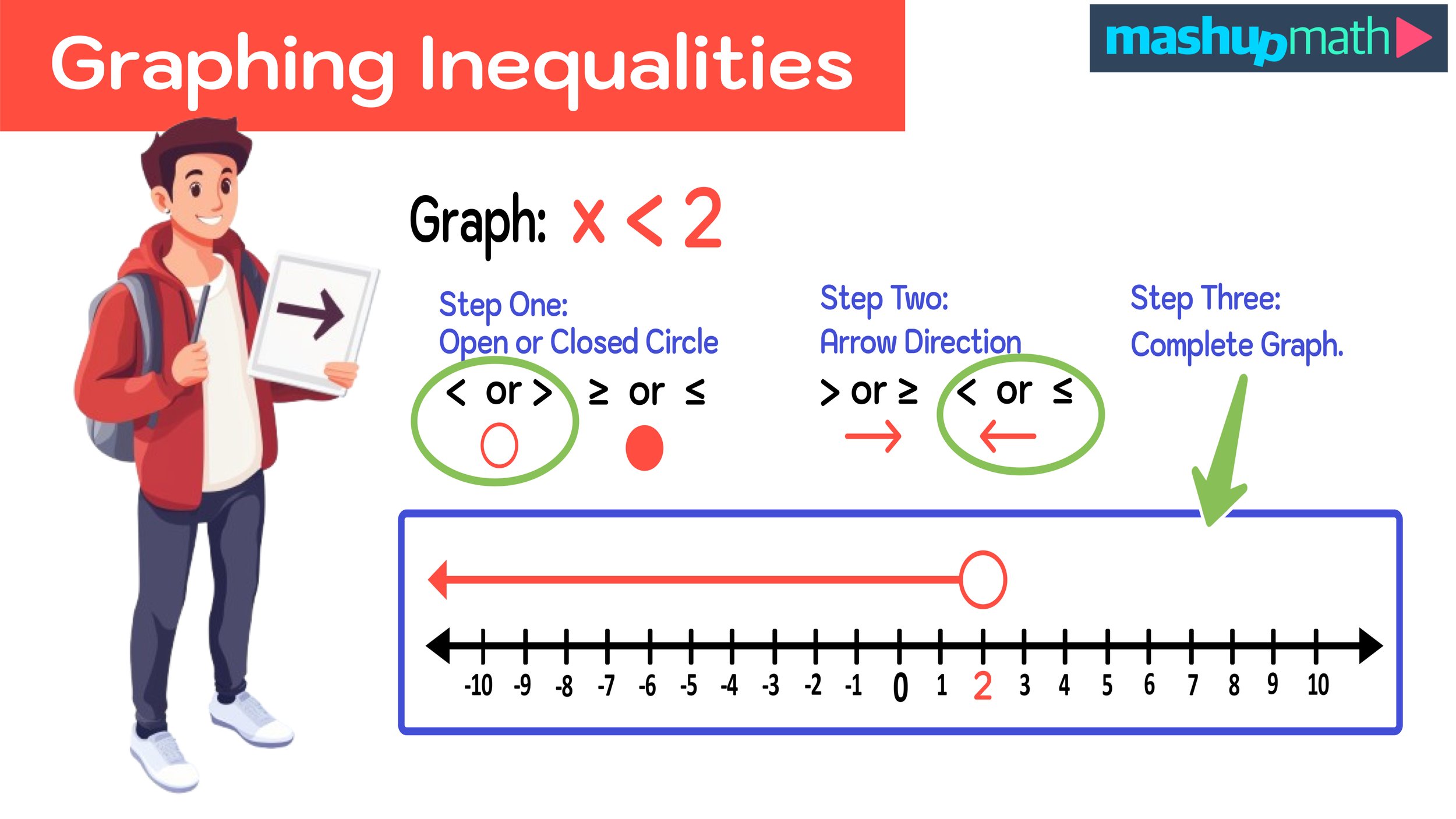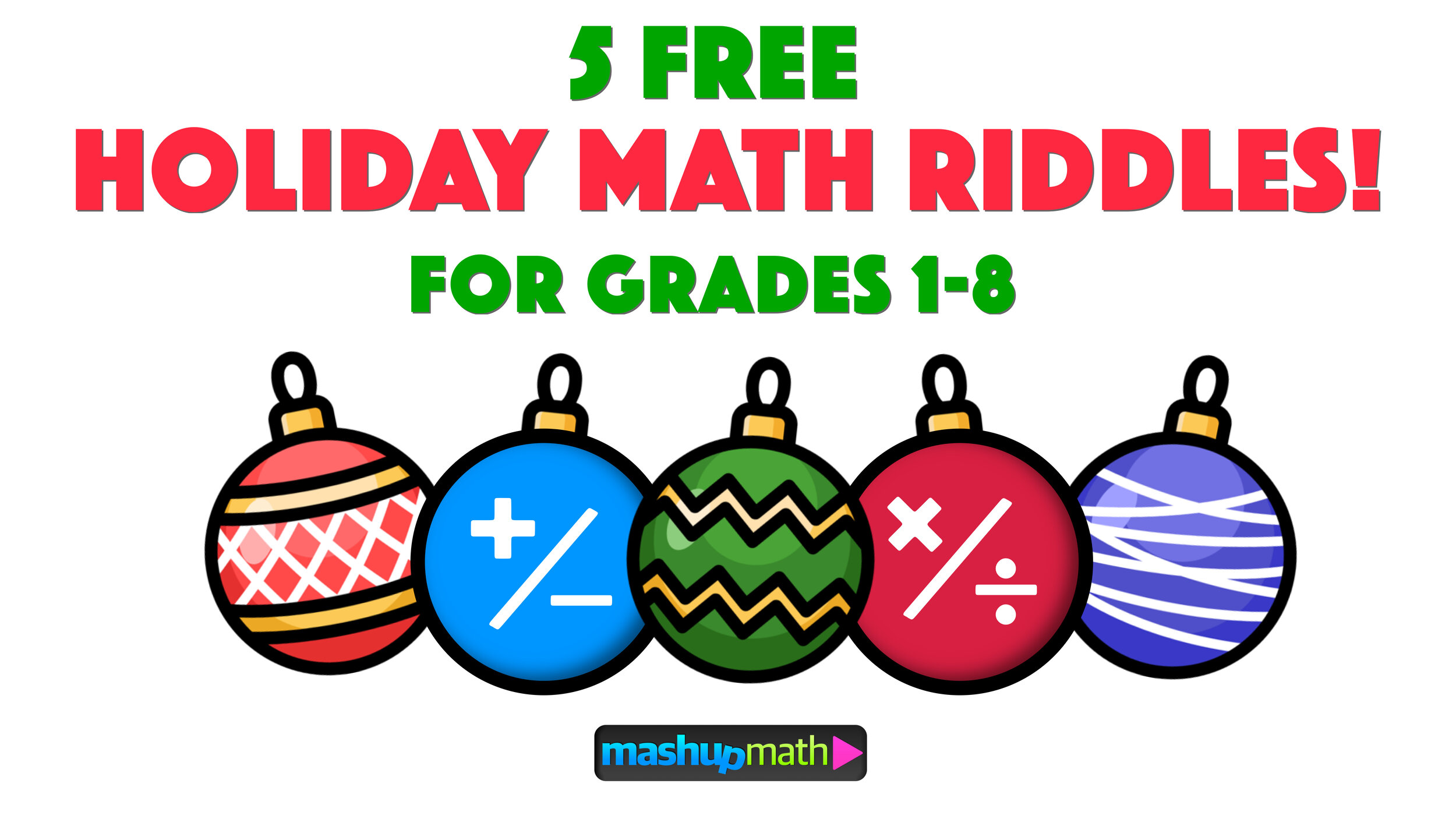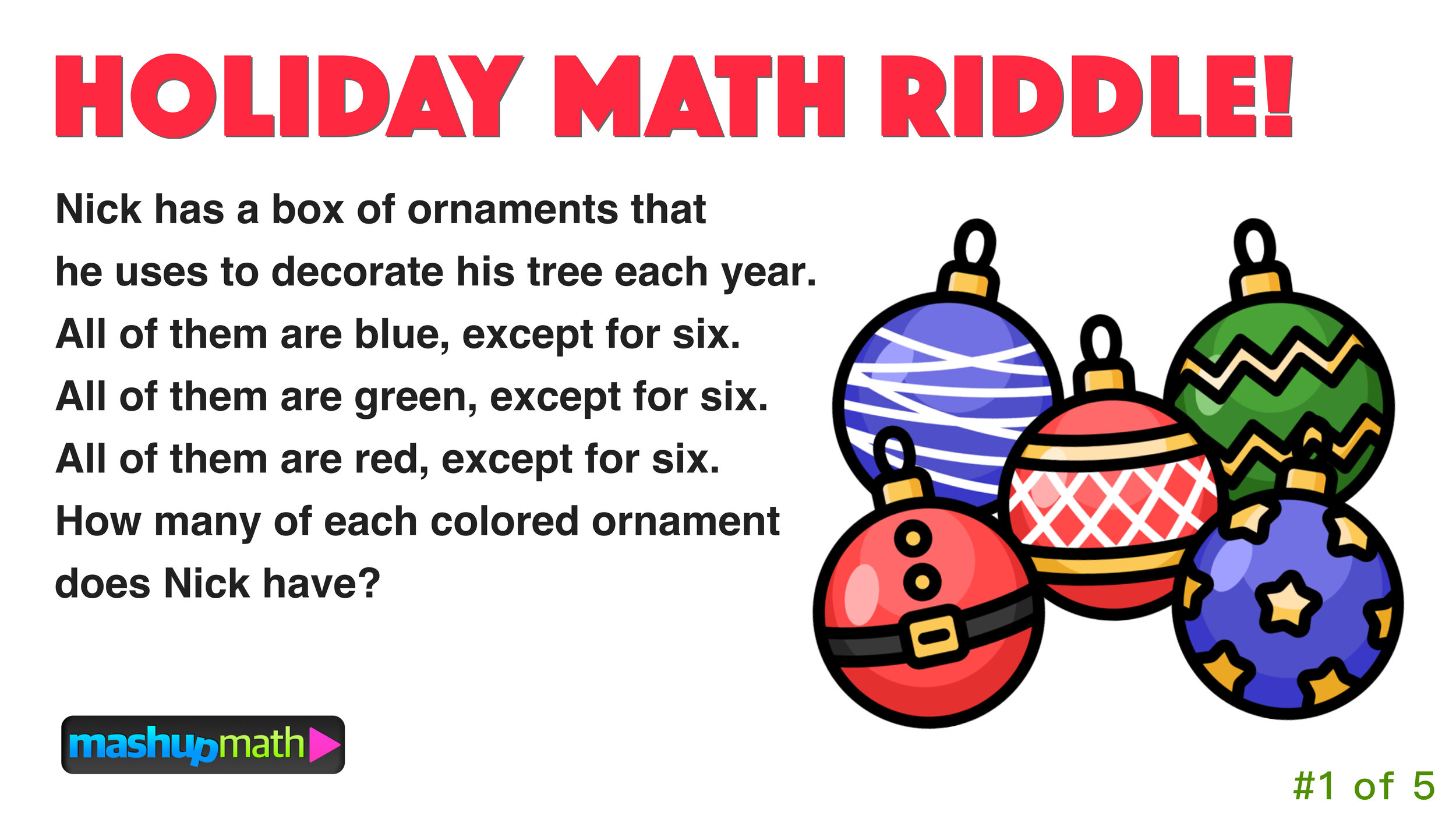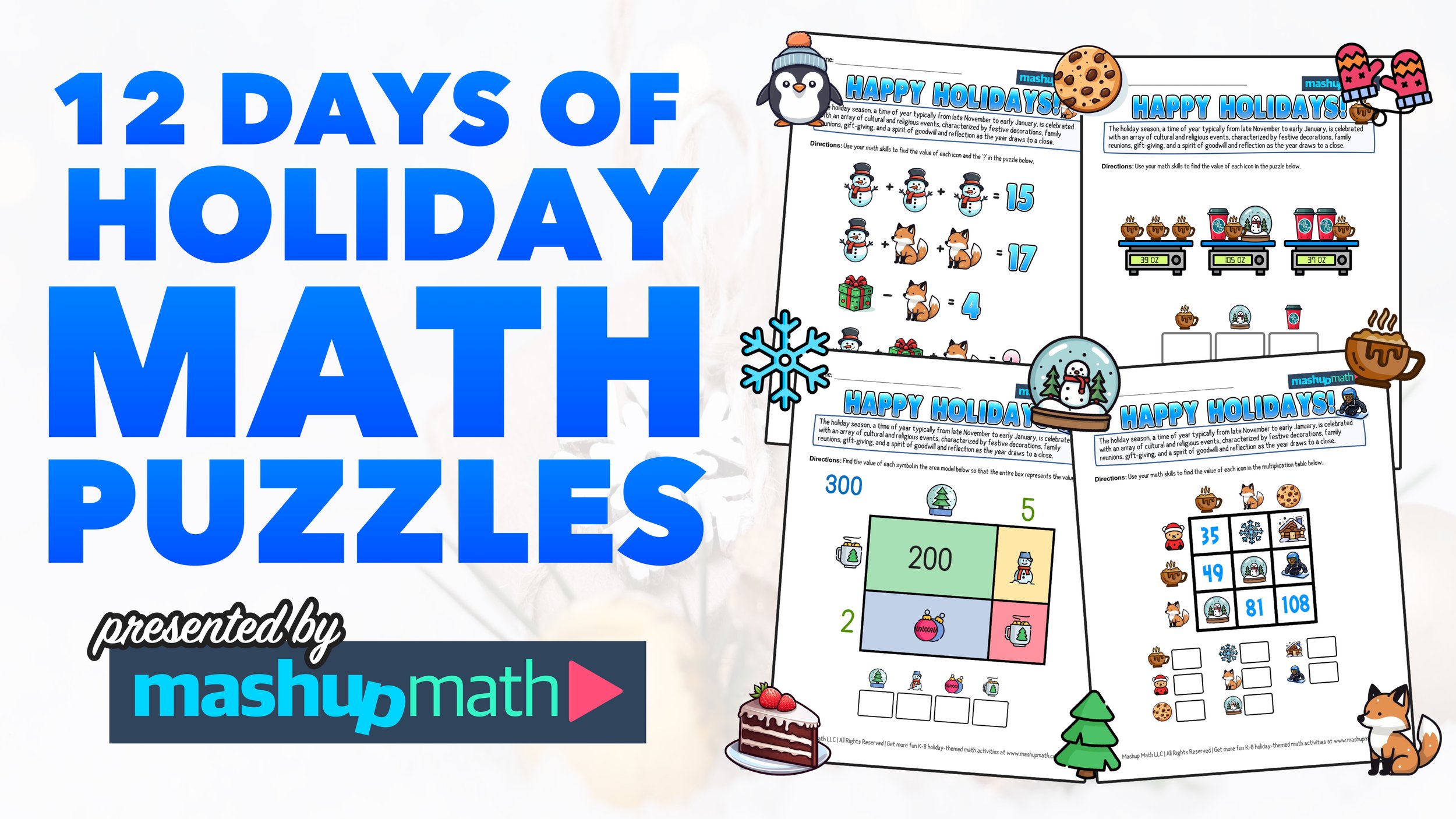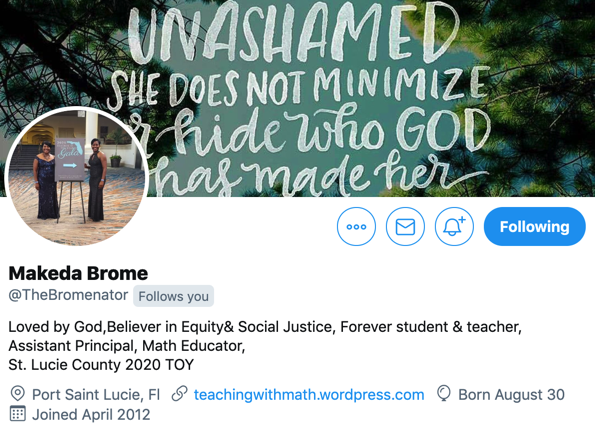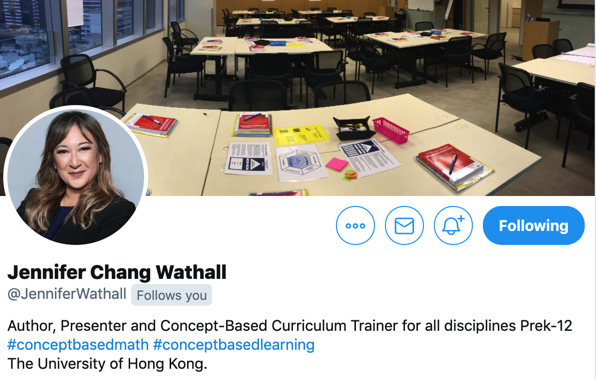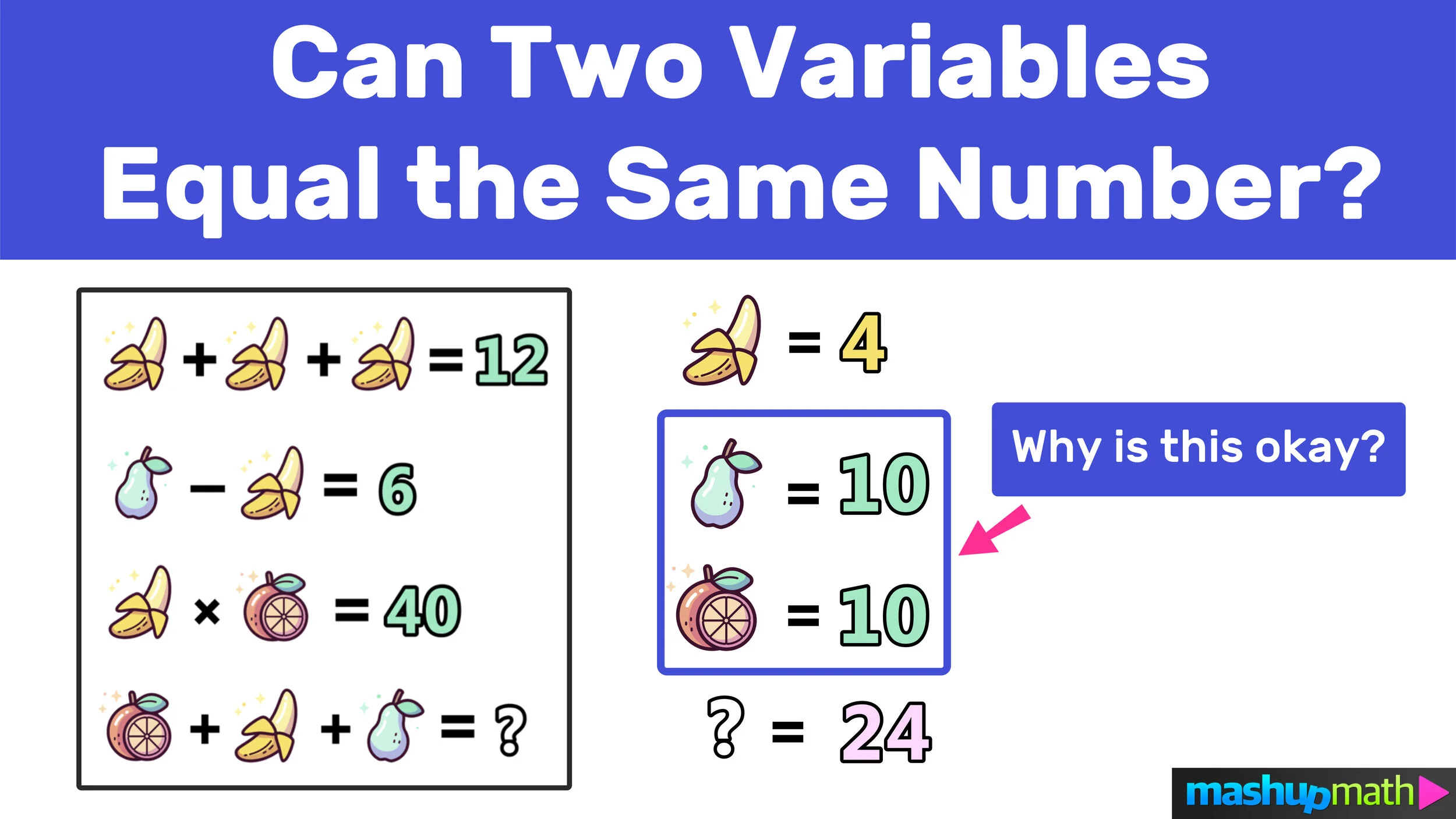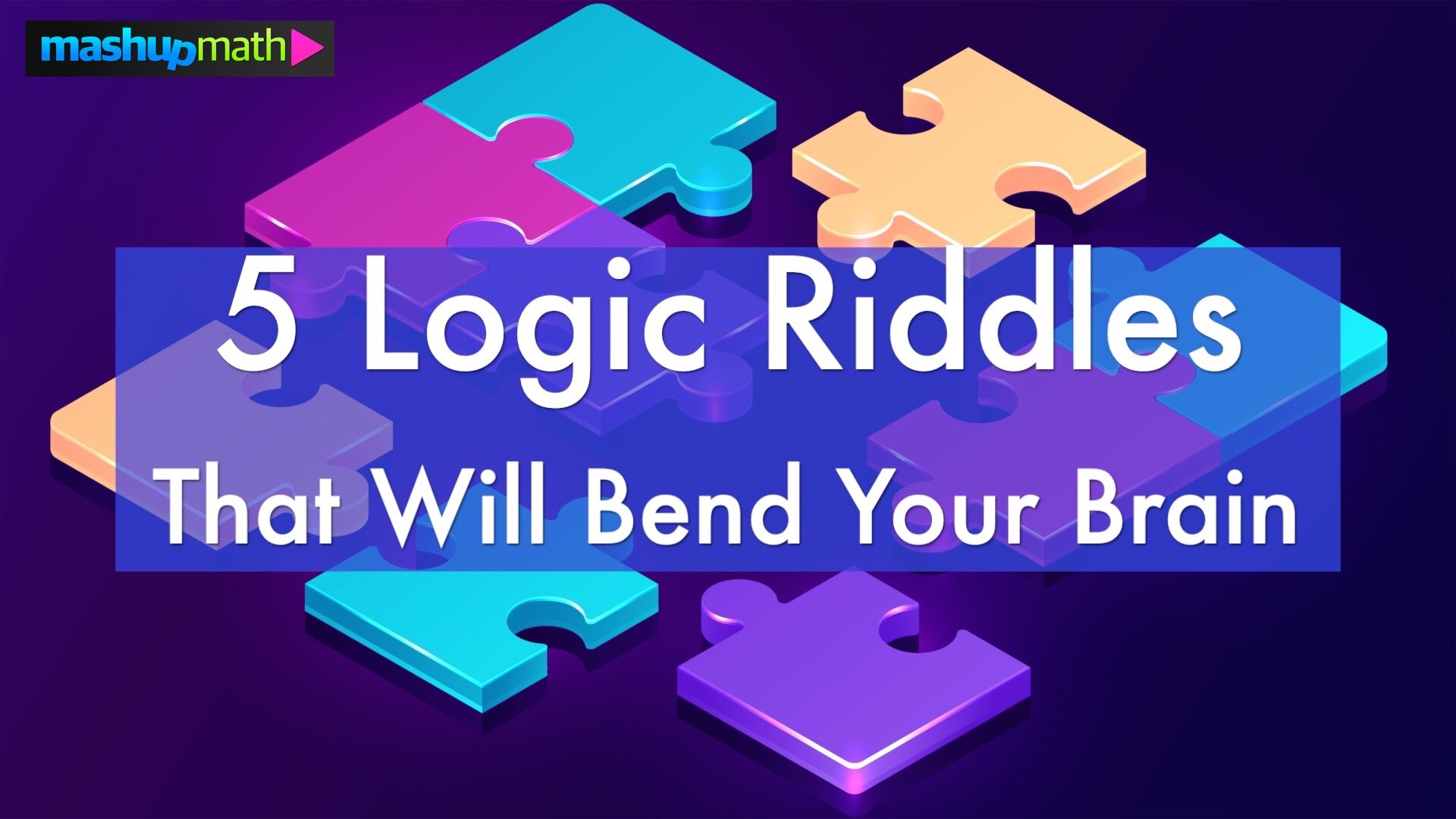Are you looking for super fun and engaging free Math Christmas Math Worksheets for 5th Grade (level 5) that are printable and easy to share?
Word problems help students think logically and creatively while applying their math skills to real-world scenarios (which is super fun when those scenarios are Christmas-related).
So go ahead and add some of the fun 5th Grade Christmas Word Problems (Grade 5) to your upcoming lesson plans before winter break or Christmas vacation (these activities are perfect for the last day before your kids leave for vacation).
Each 5th Grade Christmas Maths Word Problem (Grade 5) can be used a key component of your lesson, as a warm-up, do-now, or anticipatory set, as a cool-down, or even as a homework assignment.
The word problems cover topics including adding and subtracting fractions, equivalent fractions, adding and subtracting decimals, and multiplication and division.
The Christmas Math Word Problems for 5th Grade are super cute and engaging and your 5th graders will love them!
1.) Christmas Math Word Problem #1: Shop Till You Drop!
Answer:
X + 2X + 3X = 720 —- X=120
Alvin spent $120, Lorie spent $240, and Chris spent $360
Try It! Share this free Christmas Word Problem with your 5th graders by clicking here to download the PDF worksheet.
Do You Want More Christmas Math Worksheets? Click here to access our free library of printable Christmas Math Worksheets for Grades K-8.
2.) Christmas Math Word Problem #2: Reindeer Feed
Answer: 5/30 or 1/6 pounds were fed at dinner
Try It! Share this free Christmas Word Problem with your 5th graders by clicking here to download the PDF worksheet from our printable Christmas Math Worksheets for Grades K-8 library.
WAIT! Do you want more fun Christmas-themed math worksheets for grades K-8?
You can access our FREE library of Christmas math worksheets and activities by clicking here.
3.) Christmas Math Word Problem #3: Cookie Bake
Answer: Rej would need 2.4 cups of sugar and 0.06 cups of cinnamon.
Try It! Share this free Christmas Word Problem with your 5th graders by clicking here to download the PDF worksheet.
Do You Want More Christmas Math Worksheets? Click here to access our free library of printable Christmas Math Worksheets for Grades K-8.
What 5th Grade Christmas Math Activities are you sharing with your kids this year? Share your thoughts and suggestions in the comments section below!
(Never miss a Mashup Math holiday-themed activity! Click here to get our weekly newsletter!)










